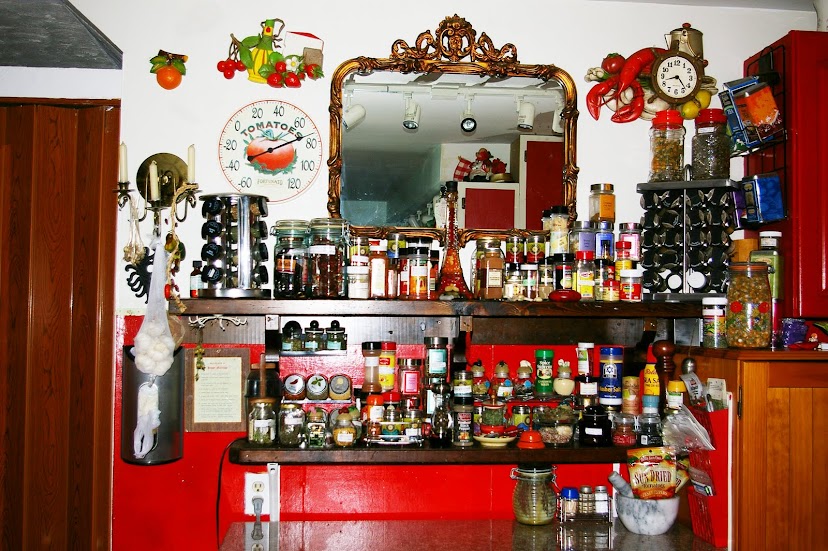Did you know that you can make your own safe and non-toxic paints from common household ingredients, without resorting to either dangerous conventional paints or expensive non-V.O.C. varieties? Using ingredients such as milk, wheat flour, and linseed oil, you can create paints for various surfaces that will not off-gas dangerous compounds that can be hazardous to your health. You can be creative and make your own earth pigment paints for little money!
Thankfully, there are low- and zero-VOC paints available, but at $50-80 a gallon, they are quite expensive. So why not make your own?
This paint is appropriate for interiors, although it has traditionally been used for exteriors as well. All you need is the following:
Copyright@SimoneBonda
Why to avoid conventional paints
It has been reported by the EPA that indoor air is two to five times more polluted than outdoor air, and is considered one of the top five human health hazards. Perhaps part of that problem is the fact that conventional paints have volatile organic compounds, or VOCs, toxic chemicals like benzene and formaldehyde. These VOCs can be released into the air for years after the paint has been applied, and they have been linked to a number of health issues, including asthma and cancer.Thankfully, there are low- and zero-VOC paints available, but at $50-80 a gallon, they are quite expensive. So why not make your own?
How to make your own paint from milk
Before the advent of commercially prepared paint, paint was made at home based on family formulas. Milk paint can be made from old curdled milk or cottage cheese, lime, and earth pigments for color.This paint is appropriate for interiors, although it has traditionally been used for exteriors as well. All you need is the following:
- 1 gallon skim milk (milk must be fat-free and fresh)
- 2 cups white vinegar
- 112 grams hydrated limed powder (approx ¾ cup)
- 200 grams pigment
- Water for rinsing and slaking
A simple flour paint recipe
Flour paint is one of the simplest kinds of paints that you can make. It’s more forgiving than other homemade paints and can be used on both exterior and interior surfaces, although it is not as long-lasting as milk paints when exposed to the weather.- 1 cup flour
- 5 1/2 cups cold water
- 1 cup screened clay filler (clay can be purchased or even dug from underground)
- 1/2 cup additional powder filler, such as mica
- Mix flour with 2 cups cold water, whisking to remove lumps.
- Bring 1 1/2 cups water to boil, then add the flour water from Step 1.
- Turn heat to low, stirring until thick paste develops. Remove from heat.
- Dilute the paste with 2 cups water, a little at a time.
- In a separate work bowl, combine clay with powder filler.
- Add filler mixture to diluted flour paste until desired consistency is achieved. Yields 1.5 quarts.
Benefits of homemade paints
Making your own homemade paint is much cheaper than conventional paint, since it can be made from common ingredients. You’ll also be sparing your health from the harmful VOCs present in commercially prepared paint, which are environmentally hazardous, as well. Making your own milk, flour, or oil paints is a creative and rewarding experience!God Bless!
Simone :)
Copyright@SimoneBonda
Disclaimer - The herbal information on this web site is intended for educational purposes only. It is not the intention of the editor to advise on health care. Please see a medical professional about any health concerns you have. Disclaimer - These statements have not been evaluated by the FDA. The information on this web site is not intended to prevent, diagnose, treat, or cure any disease.

No comments:
Post a Comment